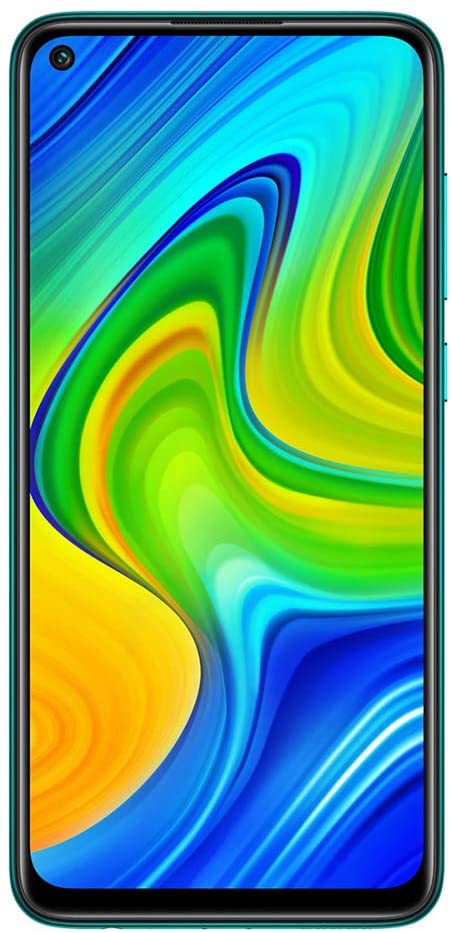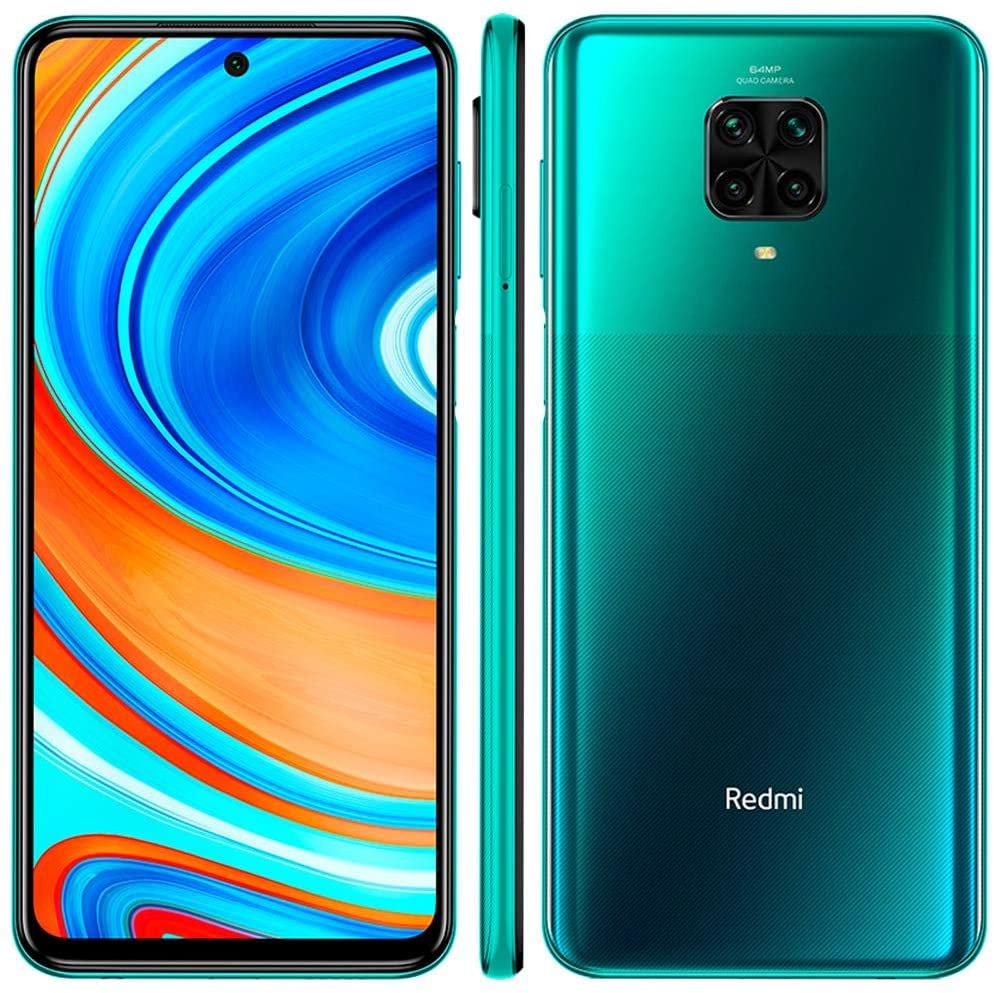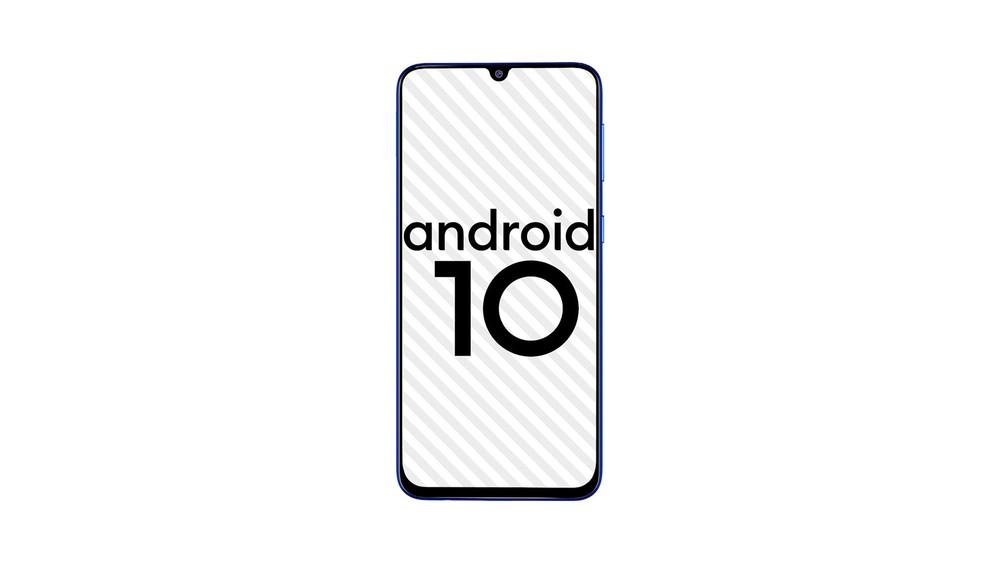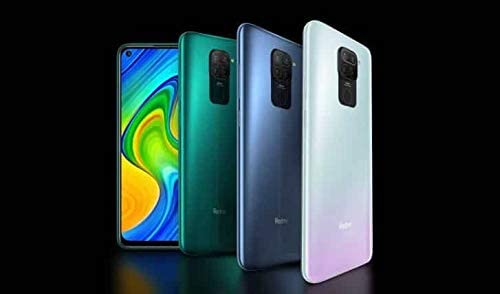Redmi Note 9 and Redmi Note 9 Pro are two of Xiaomi’s mid-range smartphones that may appear as cost-effective options months after the launch. The smartphones bring a large battery, a quad camera, and an Android 10. However, despite the similar names, substantial differences are ranging from design to processor and RAM. Therefore prices also differ considerably: between $238 and $264, depending on the model and version.
Redmi Note 9 vs Redmi Note 9 Pro
| Specifications | Redmi Note 9 | Redmi Note 9 Pro |
|---|---|---|
| Launch | June 2020 | June 2020 |
| Current price | From $238 | From $264 |
| Screen | 6.53 inches | 6.67 inches |
| Screen resolution | Full HD + (1080 x 2340 pixels) | Full HD + (1080 x 2400 pixels) |
| Processor | 8 cores up to 2 GHz (Helio G80) | 8 cores up to 2.3 GHz (Snapdragon 720G) |
| RAM memory | 4 GB | 6 GB |
| Storage | 64 GB | 64 GB or 128 GB |
| Memory card | Yes, microSD up to 512 GB | Yes, microSD up to 512 GB |
| Back camera | Quadruple Camera: 13, 8, 5 and 2 MP | Quadruple Camera: 64, 8, 5 and 2 MP |
| Front camera | 8 MP | 16 MP |
| Operating system | Android 10 | Android 10 |
| Dimensions and weight | 163.3 X 7.7 X 90.1 mm; 198 grams | 165.8 x 76.7 x 8.8 mm; 209 grams |
| Battery | 5,020 mAh | 5,020 mAh |
| Colors | Gray, Green and Purple | Gray, Green, and White |
Screen and design

The differences between the two cell phones in the Redmi line already begin with the design. The Redmi Note 9 Pro has a plastic back finish and a 6,53 inches LCD screen with Full HD resolution, drop-shaped cut (notch), and Gorilla Glass 3 protection. While the Redmi Note 9 Pro brings a more sophisticated design, with more resistant Gorilla Glass 5 on the front and back. Its display keeps the resolution, but jumps to 6.67 inches and promises more colors, according to the manufacturer. Also, the front camera is housed in a hole to help reduce edges.
Redmi Note 9 is available in gray, green, and purple, while the Pro model has options in gray, green, and white.
Cameras

The two phones have a quadruple-camera, but the sensors – and consequently the photographic performances – are quite different. The Redmi Note 9 has a 13 MP main camera with only f/2.2 aperture specifications. The other lenses, however, provide good versatility for users who like to take shots with different fields of view: 8 MP ultrawide, 2 MP auxiliary for Portrait Mode (with blurred background), and 5 MP macro, for shooting at a short distance.
Redmi Note 9 Pro, on the other hand, has a much more powerful primary sensor, 64 MP (f/1.89), which combines four pixels in one to requite for any lack of brightness in the environment. The cell phone, therefore, tends to deliver sharper photos than the Redmi Note 9, especially at night. The ultrawide remains with 8 MP and the macro with 5 MP. On the other hand, the fourth 2 MP sensor helps in both portrait and zoom mode, as it brings a telephoto lens of 2x.
The Pro version is also better for recording videos, as it supports captures in 4K resolution, while the Redmi Note 9 is limited to Full HD (1080p). In the selfies, the Pro again has the upper hand because it has a 16 MP (f/2.4) sensor, twice as much as the front camera of the other model.
Performance and storage

Redmi Note 9 brings hardware compatible with the midrange category, but closer to entry-level models. With MediaTek Helio G80 octa-core processor up to 2 GHz and RAM of 3 GB or 4 GB, the smartphone tends to run the main Android applications without major problems but can present chokes in more demanding games.
In the case of Note 9 Pro, the Snapdragon 720G chip up to 2.3 GHz is already developed with 8-nanometer lithography, much more modern than MediaTek’s 12-nanometer lithography. The promise is superior graphics performance, which directly impacts performance in games and photo and video editing applications. Also, the 6GB RAM favors the opening of multiple applications and increases the phone’s durability over time.
Both models are sold in versions with 64GB or 128GB of storage and have microSD card input of up to 512GB.
Battery
The 5,020 mAh battery is one of the great decoys of the two mobile phones, as it allows a full day’s use with rest in most usage scenarios. The Redmi Note 9 is the smaller and therefore more saving screen. The Pro version has a much more powerful chip but is built in a more modern architecture that ensures lower energy consumption.
The manufacturer provides estimated duration in hours only for Redmi Note 9 Pro. The phone would be able to work for up to 13 hours of gaming or 16 hours of internet browsing. When charging, however, the Pro has a clear advantage by bringing a 33W charger in the box, while the other has a much slower accessory, only 10W.
Android Version

The cell phones bring Android 10 with MIUI 11 interface and therefore share virtually the same software functions, including theme store, manufacturer’s cloud backup, application clone, and secure environment to store apps, photos, and notes. Xiaomi has already promised to release an Android 11 update for both models.
Additional Resources

The two models of the Redmi Note line bring infrared emitter, a feature that allows transforming the cell phone into a universal remote control for various electronics such as TV, stereo, and air conditioning.
They also have Bluetooth 5.0, USB-C input for charging and data, and a traditional P2 port for the headset and digital reader: the Redmi Note 9 on the back and Note 9 Pro on the side. Only the Pro model has NFC for use in applications like Google Pay, for example.
Price
Redmi Note 9 arrived in June 2020. Today it is sold on amazon Official Store for: RAM of 4 GB + 128 GB: $238.
Note 9 Pro was launched on the same date, but now the manufacturer practices the following value: RAM of 6 GB + 128 GB: $264.00
- Buy Redmi Note 9
- Buy Redmi Note 9 Pro
This post may contain affiliate links, which means that I may receive a commission if you make a purchase using these links. As an Amazon Associate, I earn from qualifying purchases.

